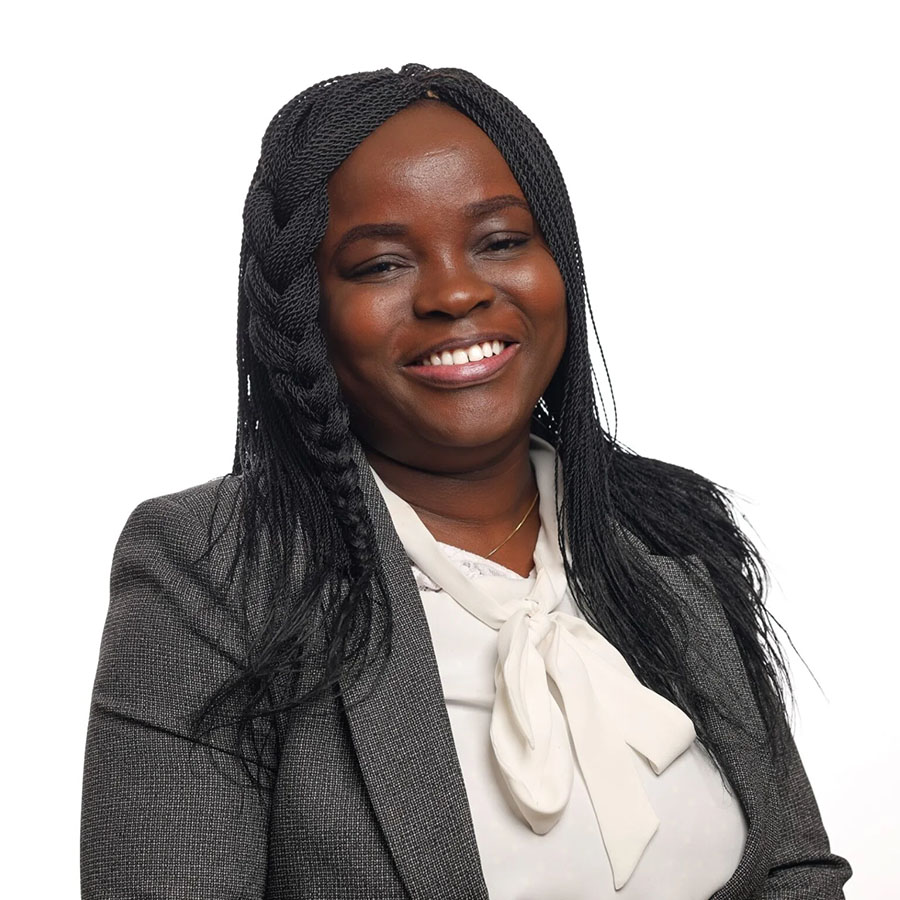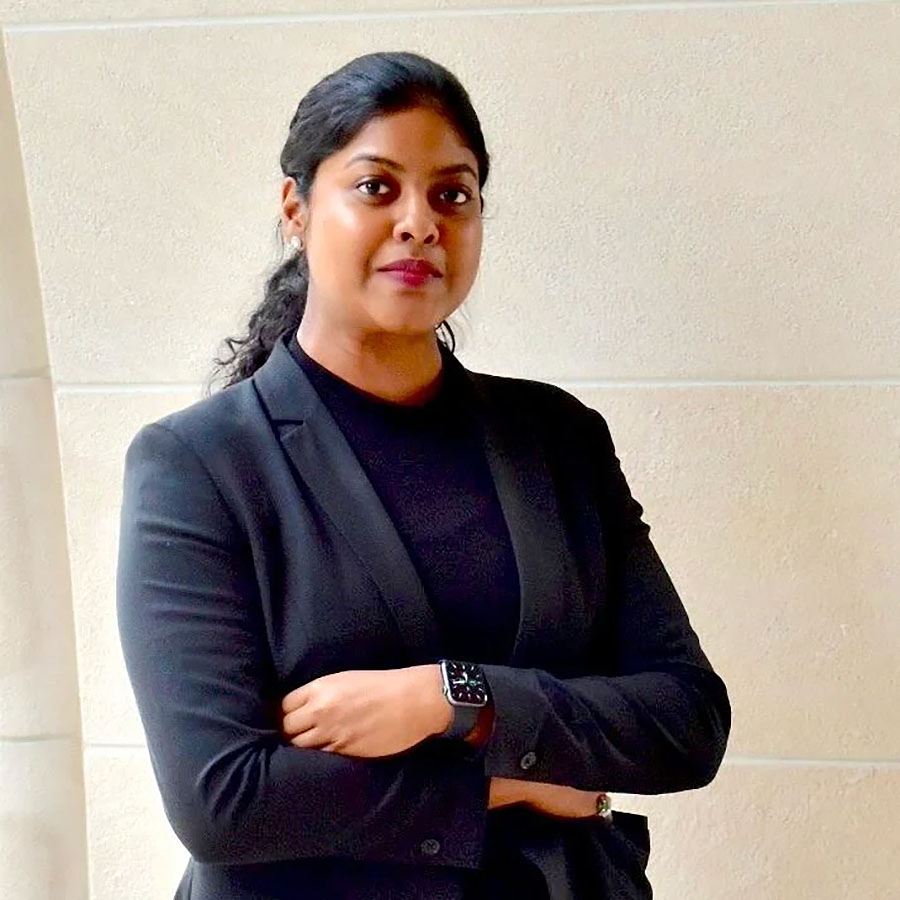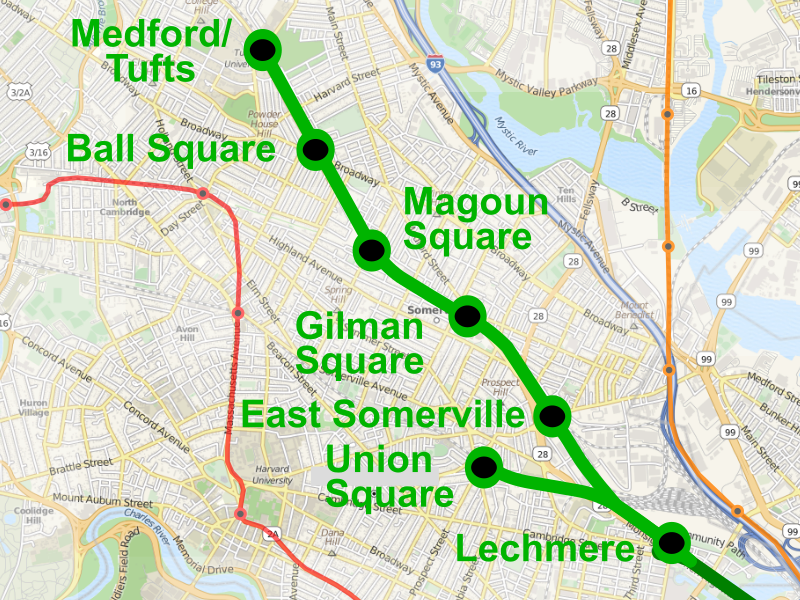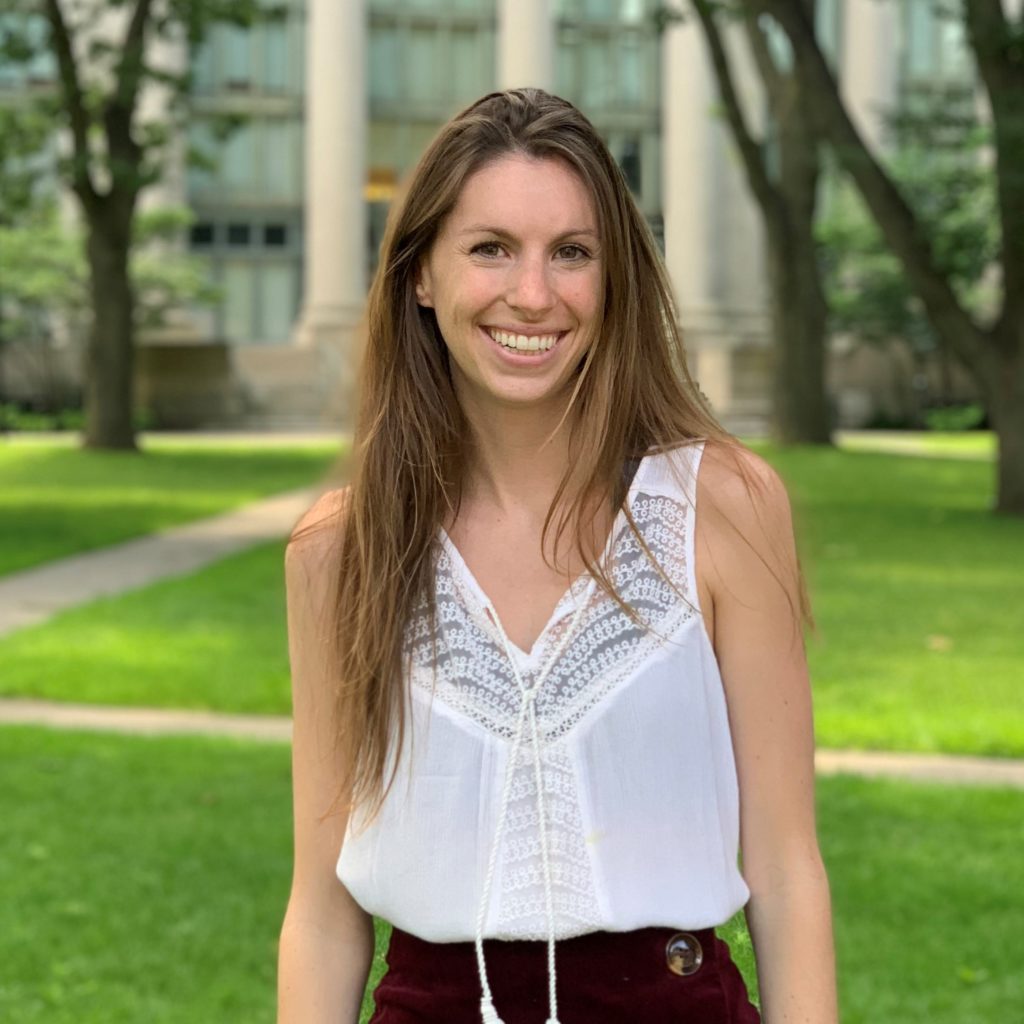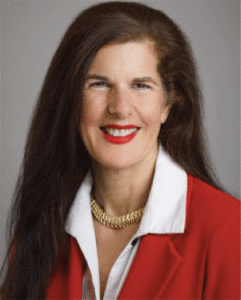 HNMCP is fortunate to draw on the expertise of a wide variety of practitioners in seeking to understand and teach students about the nuances of alternative dispute resolution.
HNMCP is fortunate to draw on the expertise of a wide variety of practitioners in seeking to understand and teach students about the nuances of alternative dispute resolution.
One of those practitioners is Susan Carney Lynch, JD, DrPH, NREMT-P, a lawyer, public servant, and Fellow with Harvard’s Advanced Leadership Initiative (ALI). Dr. Lynch has built a career around law and public health while centering the principles of effective multiparty negotiation throughout her work. Given the global focus on public health imperatives in the COVID–19 crisis, we were grateful when Dr. Lynch offered to share some of her experiences and thoughtful analysis with our students and our broader community. Below is a presentation that she graciously delivered concerning her experience with multiparty negotiation theory at the forefront, followed by an interview further exploring her perspective.
CASE STUDY PRESENTATION: STRATEGIES IN MULTI-PARTY NEGOTIATIONS USING A FALSE CLAIMS ACT LONG-TERM CARE CASE-STUDY
Prior to her fellowship with ALI, Susan Lynch spent 20 years at the United States Department of Justice (DOJ) where she led healthcare fraud prosecutions and elder justice policy work. She leads the Department’s Nursing Home Initiative and is the DOJ prosecution lead for all federal civil long-term care quality prosecutions and, as Senior Trial Counsel for elder justice, she founded and was the national lead for the Department’s ten regional Elder Justice Task forces, comprised of cross-sector, multidisciplinary teams which combat financial exploitation and elder abuse, and conduct elderly outreach. Dr. Lynch also served as senior lead on all rural and tribal issues related to elder abuse and exploitation, and has devoted years of service to the Native American population in South Dakota through the nonprofit ReMember Organization at Pine Ridge. Dr. Lynch also volunteers as a Paramedic in Maryland on weekends.
INTERVIEW w/Susan Lynch and HNMCP Clinical Instructor, Morgan Michelle Franklin
Morgan Michelle Franklin: Susan, thank you so much for being with us. I’d love to ask a couple of questions to complement your presentation. First, I’m wondering if you wouldn’t mind talking with us a little bit about your career path. How did you get involved in this work?
Susan Lynch: Absolutely. So my biggest motivation for working in the health care fraud space came in law school where I was fortunate enough to have a professor that became a mentor who taught first year Torts as a health care law class. And so he discussed various torts involving medical issues. I then had a property professor who discussed property as a health care law class, as well. And so I got greatly interested in health. And then after law school, I went to a law firm back in the ’90s when everybody was focused on Hillary Clinton’s health plan. So that interest continued. I then decided to get my Doctor of Public Health, which pushed me completely into the area of policy and health and went on to the Justice Department with a particular focus on health care law.
MMF: Oh, wow. Well, that is fascinating and great for the law students who are engaging with your work to think about how law school passion can inform a career. What do you think is most challenging about your work?
SL: So I think a couple of things are challenging in this work. When you look at some of the nursing homes across the country, particularly now in the context of COVID-19, there’s a lot of residents suffering. And in some of cases where the quality of care is really poor, you review the medical records and you see resident suffering, it is difficult. I think the other thing that can be challenging, as I mentioned, is the multi-party nature of these cases. And so while one result may be easier to achieve if there were just two parties sitting across the table from each other, these cases can involve many, many stakeholders. This multi-stakeholder aspect can make things challenging and complicated to reach a solution.
MMF: Well, that’s an excellent segue to the next question I’d like to ask you which is specifically about the alternative dispute resolution context. You’ve talked a bit now and also in your presentation about multi-party work. You’ve done so in a context in which people might not immediately think of multi-party negotiation. How did you come to think of your work within the multi-party frame?
SL: Sure. Some of these larger cases that I’ve been involved with that have included federal and state governments, and have included from two relators up to five or six relators. The multi-party nature of the work becomes clear when you engage in the cases where you see that, you know, it may be that the federal government has a particular interest that overlaps 80% with the state’s interests. But there is that one piece that isn’t exactly aligned and you have to then step back and say, well, what is the greater goal? What is the greater interest? And it really does, I think, fit the model of multi-party negotiations and making sure that you have common interests satisfied.
MMF: OK, thanks for that. I was also really happy to hear about the importance of strategies related to conflict within your own negotiating team, as that’s often an area that’s overlooked particularly by students who are studying negotiation. I’m wondering if you would mind just saying a little bit more about your experiences navigating same-side conflict and what you think is most important to consider in that context.
SL: Sure. So I think the most important thing to consider on the same side is stepping back and saying, what do we ultimately want from this case? Do we ultimately want from this case—and let’s go back again to our example—a Corporate Integrity Agreement to continue the quality monitoring and a certain amount of damages, and how do we keep our eye on the ball? So one is to keep your eye on the ball. I think the second is to recognize that there are many ways to get from one end of the town to the other town, you can go down many different roads and to not be too rigid about the way in which you get there, but to be sure that you actually get there together. And the last thing is to be really open to many different ideas and positions along the way, because in a negotiation, particularly one that goes on for a year things will change. The regulatory environment can change. Look at the situation with COVID-19. It upends priorities, and everything.
MMF: Fantastic. And you know, you said earlier that you had certain experiences in law school that really kind of shifted your thinking around career or informed them. I’m wondering if you have thoughts about how law schools might train students to effectively navigate this sort of work that you discussed here and in your presentation.
SL: Sure. That’s a tremendous question. Negotiation is like learning to play an instrument or riding a bike. And you can read about the theory. You can watch somebody do it, but you really don’t get your voice in the process, get your strategy in the process until you’ve done the skill in a number of different negotiations because every negotiation is going to be different. So I think one way in which schools could really educate students is to start out with the theory. This is the theory of multiparty negotiation. This is the theory of the way to resolve conflict on your own side. We get the basic principles. Now, let’s watch some negotiations, be they video, virtual, be they in person. And let’s try to dissect first what’s going on here. How is this person identifying a BATNA? (Best Alternative to a Negotiated Agreement)? How is this person trying to resolve the conflict? What are they doing well and not so well and engage in that process for a while and then move to trying the negotiation yourself. The National Institute of Trial Attorneys, NITA, has a very effective way in which they work with students on simulations. I have taught Trial Advocacy with NITA for years. Their model is playback and prescription, so somebody goes into a negotiation—two students or five, you’ve got a multiparty negotiation—and they negotiate. And then they do a bunch of things well, but they do a few things not so well. The NITA instructor then looks at the student and says, OK, you did the following three things well, good for you. Now let’s focus on the things you need to improve and play back what they did that could be improved, where there is an opportunity for improvement. You did X, what you could have done is Y, and the idea of showing people what they could have done better, I think is absolutely critical. And sometimes that’s missing in student training in simulations because you say those three things were fantastic and here this thing could be improved, but we don’t really don’t show the student HOW to improve. But by modeling that improvement, I think you really do get somewhere. And when the student has seen the theory so they have that to callback and then they’ve watched a number of negotiations, they’ve got that to recall. So they have something to model.
MMF: Yeah, great. You know, I’m just thinking about given all the things that you’ve done over the course of your career, if you could give yourself one piece of advice, knowing what you know now, at the beginning of your career, what would that piece of advice be?
SL: It would be that skill and expertise takes time to develop. You cannot develop wisdom in a day. I started out my career in a law firm and can remember as a young Associate going to court with law firm partners and watching them argue motions, particularly my first two years before I got to do it myself, thinking, the gulf between what I learned in law school and what these partners are doing is an impossible task. I cannot get across that bridge. This is really far. But what you realize is it’s not that far. And that as you get into the process, you start to develop your own voice. I need to give myself the time and the patience and the compassion to develop my own skill and my own style. But I think that my feeling when I came out of law school and started seeing these people arguing these motions was, that’s impossible. But it is not, it is just a process.
MMF: That is wonderful and I’m sure that will help quite a few people who are engaging with this and think, oh, I’ll never be able to be this astute. So that’s excellent. Let’s see, so earlier in our conversation, I asked you about the most challenging aspect of your work. Now I’d love to hear what you think is the most rewarding part.
SL: Sure. Well, when you get a large group of people together, like in the Extendicare case and you’re able to engage in negotiations and come up with a solution that you think is going to make a positive difference in the lives of residents in nursing homes, that is tremendously rewarding. And I feel that in those cases you are making a tremendous difference in people’s lives.
MMF: Fantastic. Thank you for sharing that. Are there any final thoughts that you have that you’d like to share with those who are reading this interview/have engaged with your presentation?
SL: Sure, I think that as you go forward in your career, whatever you choose, always remain the captain of your own ship and make sure that you steer your career both substantively and in the area of practice, be it litigation, counseling, what have you, in the direction that you want it to go. There’ll be many people trying to pull you in various directions, and so make sure you remain the captain of your own ship and really show up every day doing your best and being ethical in the pursuit.
MMF: Well, thank you so much for your time. We really appreciate it.



